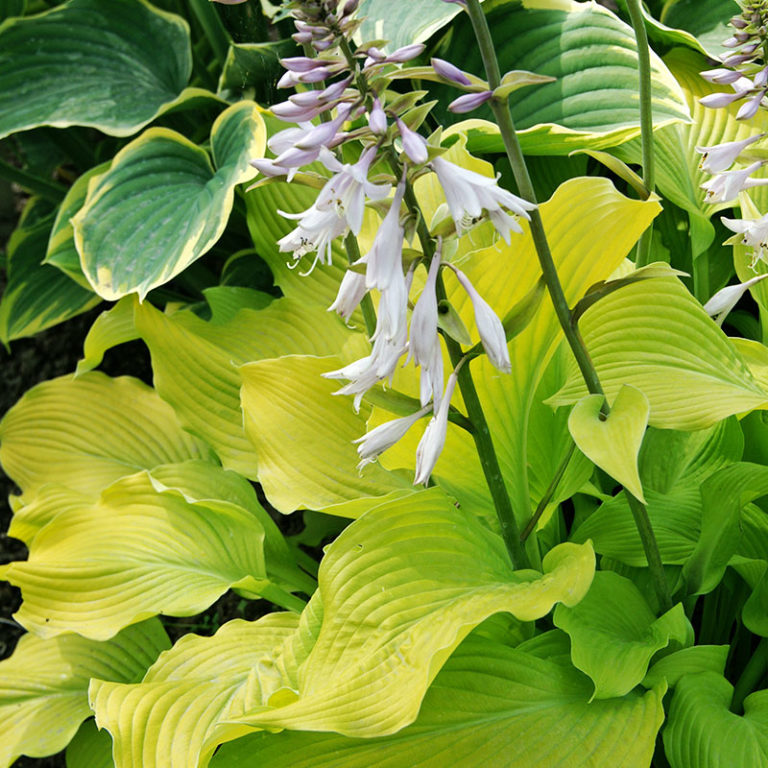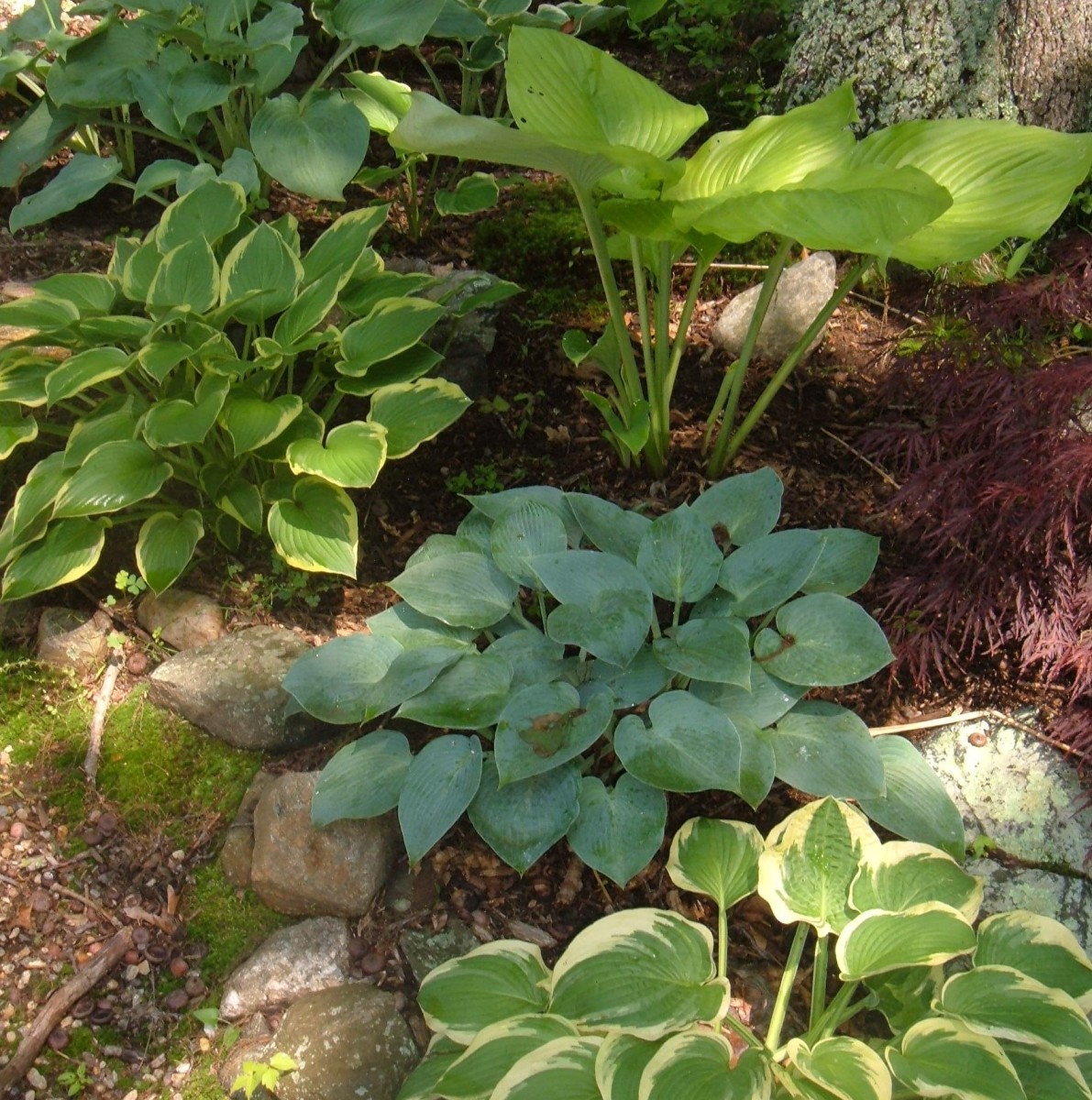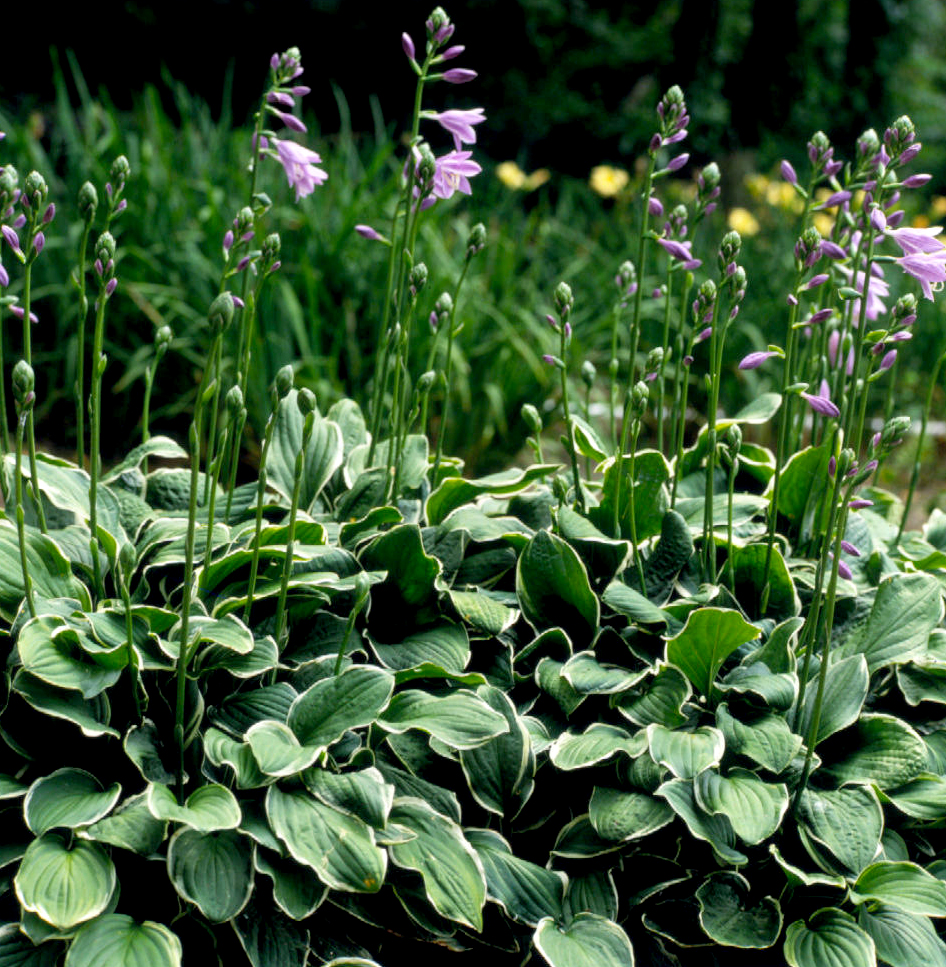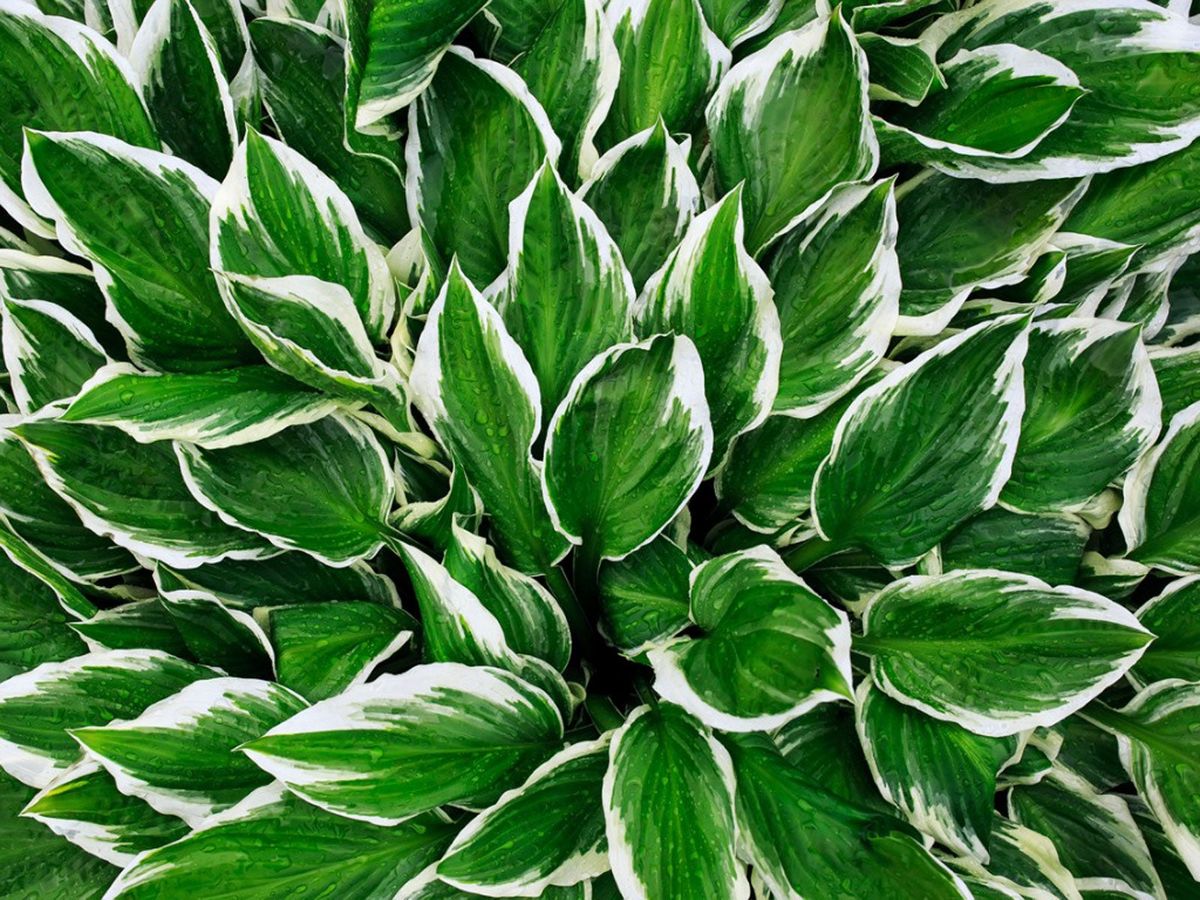Choosing the Right Hosta Variety for Your Garden
When it comes to planting hostas, selecting the right variety is crucial for success. With so many types to choose from, it’s essential to understand the unique characteristics of each to ensure you’re getting the best fit for your garden. From compact, dwarf varieties like ‘Blue Mouse Ears’ to larger, more dramatic varieties like ‘Sum and Substance’, each hosta has its own strengths and weaknesses. Consider factors like leaf size, shape, and color, as well as the plant’s mature size, growth rate, and flowering habits. For example, if you have a shaded area with moist soil, a blue-leaved hosta may be an excellent choice. On the other hand, if you have a sunny spot with well-draining soil, a gold-leaved hosta may be a better fit. By selecting a hosta that is well-suited to your garden’s conditions, you’ll be well on your way to growing a thriving and beautiful hosta plant. Remember, understanding how to plant hosta correctly starts with choosing the right variety for your garden.
Preparing the Soil for Optimal Hosta Growth
Before planting hostas, it’s essential to prepare the soil to create a hosta-friendly environment. This crucial step can make all the difference in the success of your hosta plants. Start by testing the pH level of your soil, as hostas prefer a slightly acidic to neutral soil pH, ranging from 6.0 to 7.0. If your soil is too acidic or alkaline, add organic matter like compost or well-rotted manure to adjust the pH level. Next, remove any debris, rocks, and weeds from the planting area to prevent competition for nutrients and water. Add a 2- to 4-inch layer of organic matter to improve soil structure and fertility. This will help retain moisture, suppress weeds, and provide essential nutrients for healthy hosta growth. When learning how to plant hosta, understanding the importance of soil preparation is key to giving your plants a strong foundation for success. By taking the time to prepare the soil, you’ll be rewarded with thriving, healthy hostas that will bring beauty and joy to your garden.
How to Plant Hostas: A Step-by-Step Guide
Now that you’ve chosen the right hosta variety and prepared the soil, it’s time to learn how to plant hosta correctly. Planting hostas is a straightforward process, but attention to detail is crucial for success. Start by digging a hole that is twice as wide and just as deep as the hosta’s root ball. Gently remove the hosta from its container, taking care not to disturb the roots. If the roots are wrapped in burlap, remove the burlap and any string or wire that may be constricting the roots. Place the hosta in the hole, making sure the crown (where the leaves meet the roots) is level with the soil surface. Fill in the hole with soil, gently firming it around the roots as you go. Water the soil well to settle it around the roots. Space hostas correctly by planting them 12 to 18 inches apart, depending on the mature size of the variety. When learning how to plant hosta, following these steps will give your plants a strong foundation for healthy growth and development.
Providing the Right Conditions for Hosta Success
After learning how to plant hosta, it’s essential to provide the right conditions for optimal growth and development. Hostas are adaptable to various light conditions, but most varieties thrive in partial shade to full shade. If you’re planting hostas in a sunny area, ensure they receive at least some afternoon shade to prevent scorching. When it comes to water, hostas prefer consistent moisture, especially during the first growing season. Water them deeply once or twice a week, depending on weather conditions. Avoid overwatering, which can lead to root rot and other problems. Hostas also benefit from regular fertilization, especially during the growing season. Use a balanced, slow-release fertilizer to provide essential nutrients for healthy growth. Temperature-wise, hostas are hardy in USDA zones 3-8, meaning they can tolerate temperatures as low as -40°F (-40°C) and as high as 80°F (27°C). By providing the right conditions, you’ll be well on your way to growing thriving, beautiful hostas that will bring joy to your garden.
Common Mistakes to Avoid When Planting Hostas
When learning how to plant hosta, it’s essential to avoid common mistakes that can lead to hosta failure. One of the most critical mistakes is inadequate soil preparation. Failing to test pH levels, add organic matter, and remove debris can create an unfavorable environment for hostas. Overwatering is another common mistake, which can cause root rot and other problems. On the other hand, underwatering can lead to stunted growth and poor performance. Planting hostas too deeply or too shallowly can also cause problems, as can overcrowding or inadequate spacing. To avoid these mistakes, make sure to follow the step-by-step guide on how to plant hosta, and take the time to prepare the soil properly. Additionally, water hostas consistently, but avoid overwatering, and provide enough space for them to grow and thrive. By being aware of these common mistakes, you can ensure a successful hosta planting experience.
Hosta Care and Maintenance: Tips and Tricks
After learning how to plant hosta, it’s essential to provide proper care and maintenance to ensure healthy growth and prevent disease. One of the most critical aspects of hosta care is division. Hostas typically need to be divided every 3-5 years to maintain their vigor and prevent overcrowding. When dividing, make sure to dig carefully around the plant, gently separate the roots, and replant the divisions in well-prepared soil. Fertilization is another crucial aspect of hosta care. Feed your hostas with a balanced, slow-release fertilizer in the spring and summer months to provide essential nutrients for growth. Pruning is also important, as it helps maintain the plant’s shape and promotes healthy growth. Remove any dead or damaged leaves and stems, and trim back the plant to the ground in the fall to prepare it for winter. Additionally, keep an eye out for pests and diseases, and take action promptly if you notice any issues. By following these tips and tricks, you’ll be able to enjoy your beautiful hostas for years to come.
Dealing with Common Hosta Pests and Diseases
While learning how to plant hosta is crucial, it’s equally important to be aware of common pests and diseases that can affect these beautiful plants. Slugs and snails are two of the most common pests that can damage hostas, especially at night. To prevent this, create a barrier around the plants using copper tape or crushed eggshells, and trap these pests using beer traps or bait. Fungal infections, such as crown rot and leaf spot, can also affect hostas. To prevent these diseases, ensure good air circulation around the plants, remove any infected leaves or stems, and treat the plants with a fungicide if necessary. Other pests and diseases that can affect hostas include aphids, nematodes, and viral infections. By being aware of these potential issues and taking preventative measures, you can ensure the health and beauty of your hostas. Regularly inspect your plants, and take action promptly if you notice any signs of pests or diseases. With proper care and attention, you can enjoy your hostas for years to come.
Enjoying the Fruits of Your Labor: Hosta Maintenance and Enjoyment
After learning how to plant hosta and providing the right conditions for their growth, it’s time to enjoy the fruits of your labor. Hostas are a versatile and beautiful addition to any garden or landscape, and with proper care, they can thrive for years to come. One of the best ways to appreciate the beauty of hostas is to use them in creative landscaping designs. Try combining them with other plants, such as ferns or flowers, to create a stunning display of color and texture. You can also use hostas to create a beautiful border or edging for your garden or patio. Additionally, consider sharing your hostas with friends and family by dividing and replanting them. This is a great way to spread the joy of hosta gardening and create a sense of community among fellow gardeners. By enjoying the beauty and benefits of your hostas, you’ll be motivated to continue learning and improving your gardening skills. Remember, the key to successful hosta gardening is to stay committed to providing the right conditions and care for your plants. With time and practice, you’ll become a master hosta gardener, and your garden will be the envy of all who see it.






